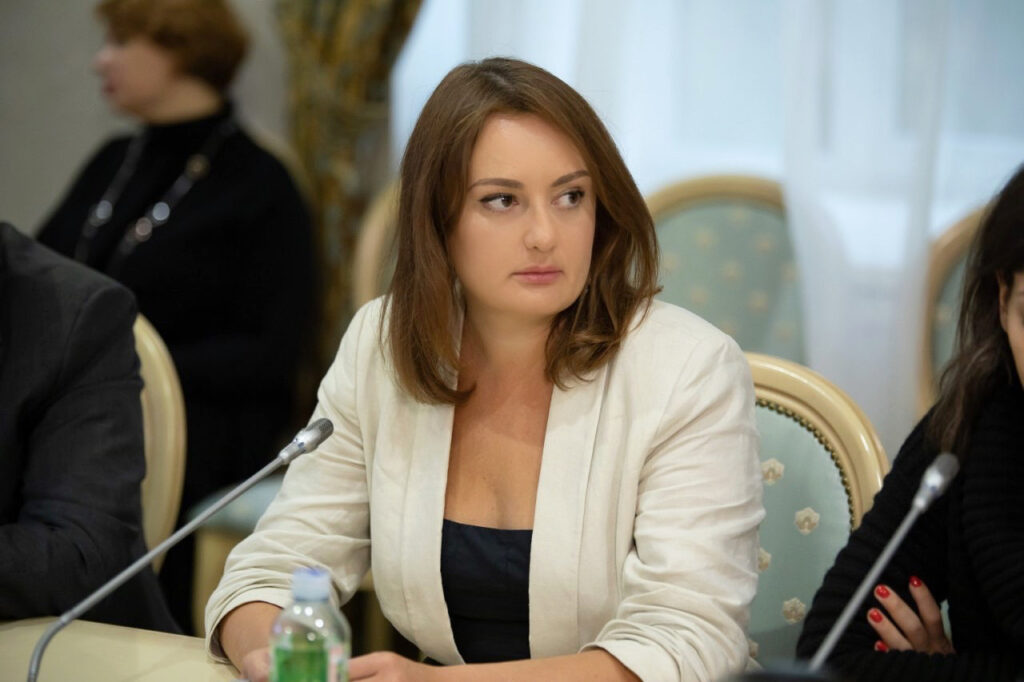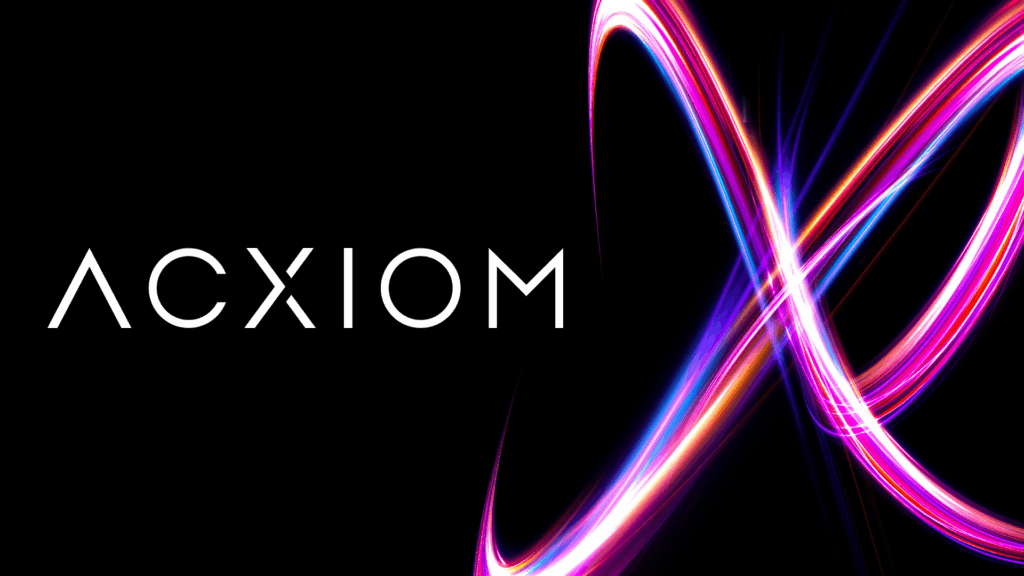In Latin, “ad vertere” means “to turn toward”. It is a concept that has formed the foundation of marketing communications from its inception. Whether it’s flyers, radio jingles, TV commercials or digital communications, brands have been using advertising and communications to motivate audiences to ‘turn toward’ them. In 1892, when Almy Le Grand Peiroe submitted his patent application for the paper cup, something we all take for granted today, his patent also contained an allowance for “using the cups as a medium for carrying advertisements, for which they are especially adapted, owing to the fact, that they pass through the hands of a large multitude of people. His “Ephemerous Drinking cup and Advertising Medium” patent set the tone for so much of our advertising and communications today.
Across our world, in every culture, storytelling has been at the center of human existence. From our earliest days of communication, we, as a species have been working to record, share and pass on our stories of love, battle, adventure, conquest and intrigue. We feel a kinship with good storytelling; it’s an innate sense that draws us toward a good story. For that very reason, storytelling has always existed at the heart of great advertising and every evolution in it has accompanies that of how advertising can tell more emotional and evocative stories that connect with audiences.
Until recently, the evolution in advertising that accompanies that in storytelling extended to simply evolving the medium, as opposed to completely redefining it. The evolution of radio advertising into television advertising maintained the same 30-second formats, which have remained largely unchanged since 1941. Similarly, digital banner advertising was a natural evolution of print advertising, with formats and placements inspired by the units sold in newspapers and magazines. Remember when you could buy banners “above-the-fold”?
In today’s post-digital age, the rules have changed. The challenge to capture consumers’ attention is more difficult than ever, thanks to the multitude of channels and interruptions that we – both consumers and communicators – face every day. But the evolution of technology and its affordability have provided advertisers with infinite possibilities for enhancing their communications by finding new ways to make consumers ‘turn toward’ them again.
Granted, technology has not changed the process of how we work. It’s just made it easier to connect the dots between the purpose a brand serves in consumers’ lives and how it can engage, excite or help them. Technology at the service of creativity…
Solves problems
A sensor that detects when a baby’s diaper is wet and tweets its parents? A toothbrush that guides your brushing? There’s an app for that? Consumer brands, such as Huggies and Oral-B, are using technology to make their consumers’ lives easier and healthier.
Captures attention
British Airways’ “#LookUp” campaign that tracked flights overhead in real time was a powerful way to reconnect consumers with the magic of flight. However, it required ADS – B (automatic dependent surveillance – broadcast) antennas, flight data and weather information to create an unforgettable experience as a virtual child identified the flights overhead.
Makes brands useful
Every successful brand has a place in consumers’ everyday lives; even brands that sell motor insurance. For insurer AXA, the solution was to create AXA Drive, a free app that uses smartphone technology to measure and reward safe driving. When you start your car, you start the app and it monitors your driving based on your performance. How quickly do you break and accelerate? Do you abide by speed limits? For AXA’s customers in Ireland, if you are under 25, you can save money on your premium just for using the app and you can earn an additional 10 percent cash back during the year depending on your driving scores.
Shows rather than tells
Useful is the new cool. By being relevant to consumers’ lives through innovation, brands can take their audiences on longer journeys. Nivea Sun’s idea of a print ad that turns into a wearable bracelet for parents to track their children on the beach, there’s a very powerful reminder of the purpose that brand serves in their lives: to protect that which is most valuable to them – their children.
The challenge facing advertisers to capture their audience’s attention through effective communication has never been greater, but neither has the opportunity. Technology gives us all of the opportunities to not only be ‘clever’ by using it to make our advertising more effective at interrupting our audiences, but to also be ‘smart’ by harnessing what it offers to us to be relevant and purposeful at every moment of our consumers’ lives when they need us most. Let’s be smart.




